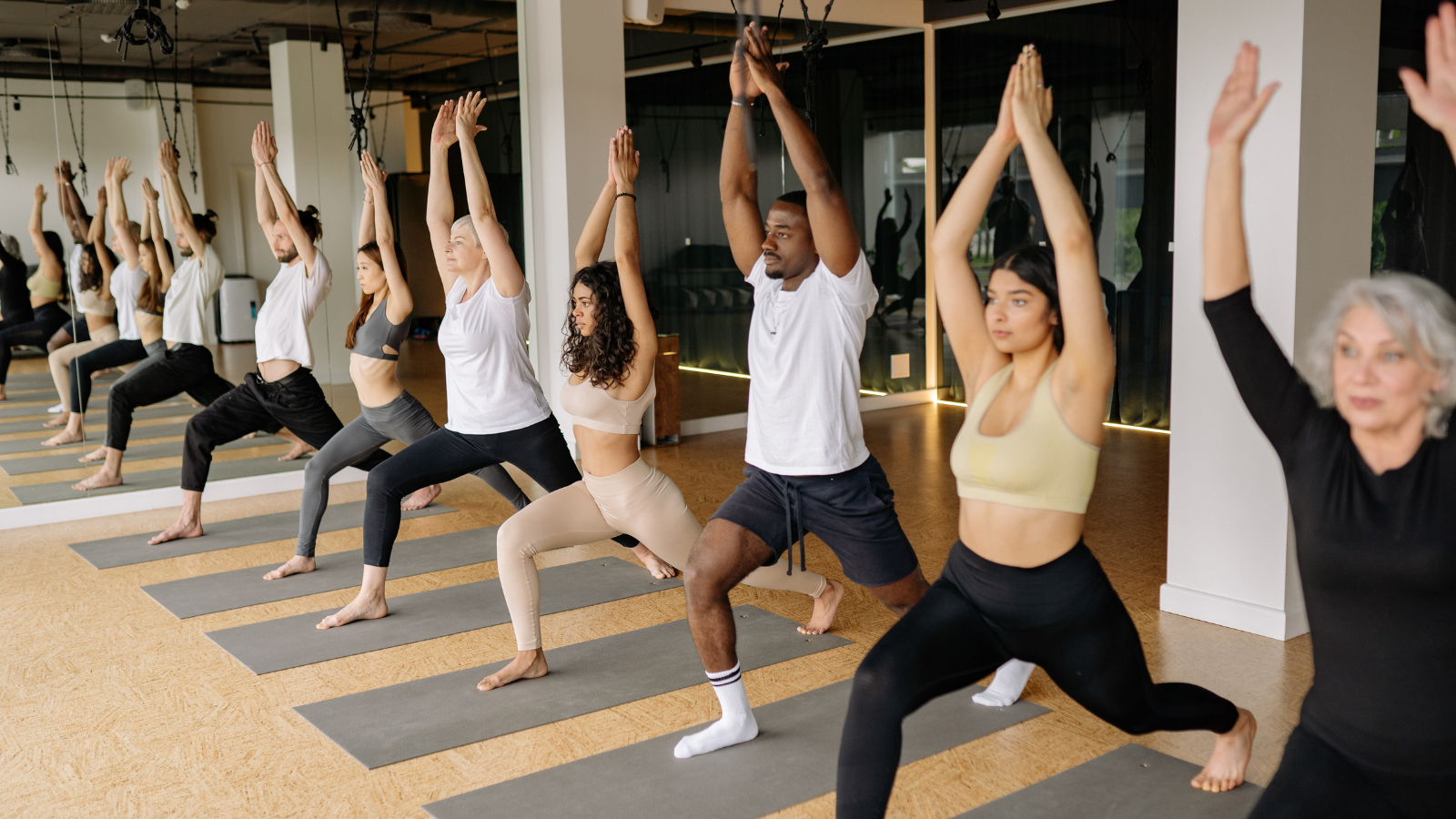Starting a yoga practice can transform your physical and mental well-being. This beginner’s guide to yoga will help you understand how to begin, improve flexibility, reduce stress, and enhance overall wellness. Whether you’re new to the practice or returning after a break, following these foundational steps will set you on a path toward better health.
What is Yoga and Why Should Beginners Start?
Yoga is an ancient practice combining physical postures, breath control, and mindfulness to promote harmony between the body and mind. For beginners, yoga offers numerous benefits, including better flexibility, stress relief, and improved posture.
Practicing yoga regularly can also help with:
- Stress management and relaxation.
- Enhanced physical strength and flexibility.
- Improved balance and coordination.
How to Prepare for Your First Yoga Session
Starting your yoga practice requires minimal preparation but setting the right foundation is key to long-term success.
1. Choose the Right Yoga Style
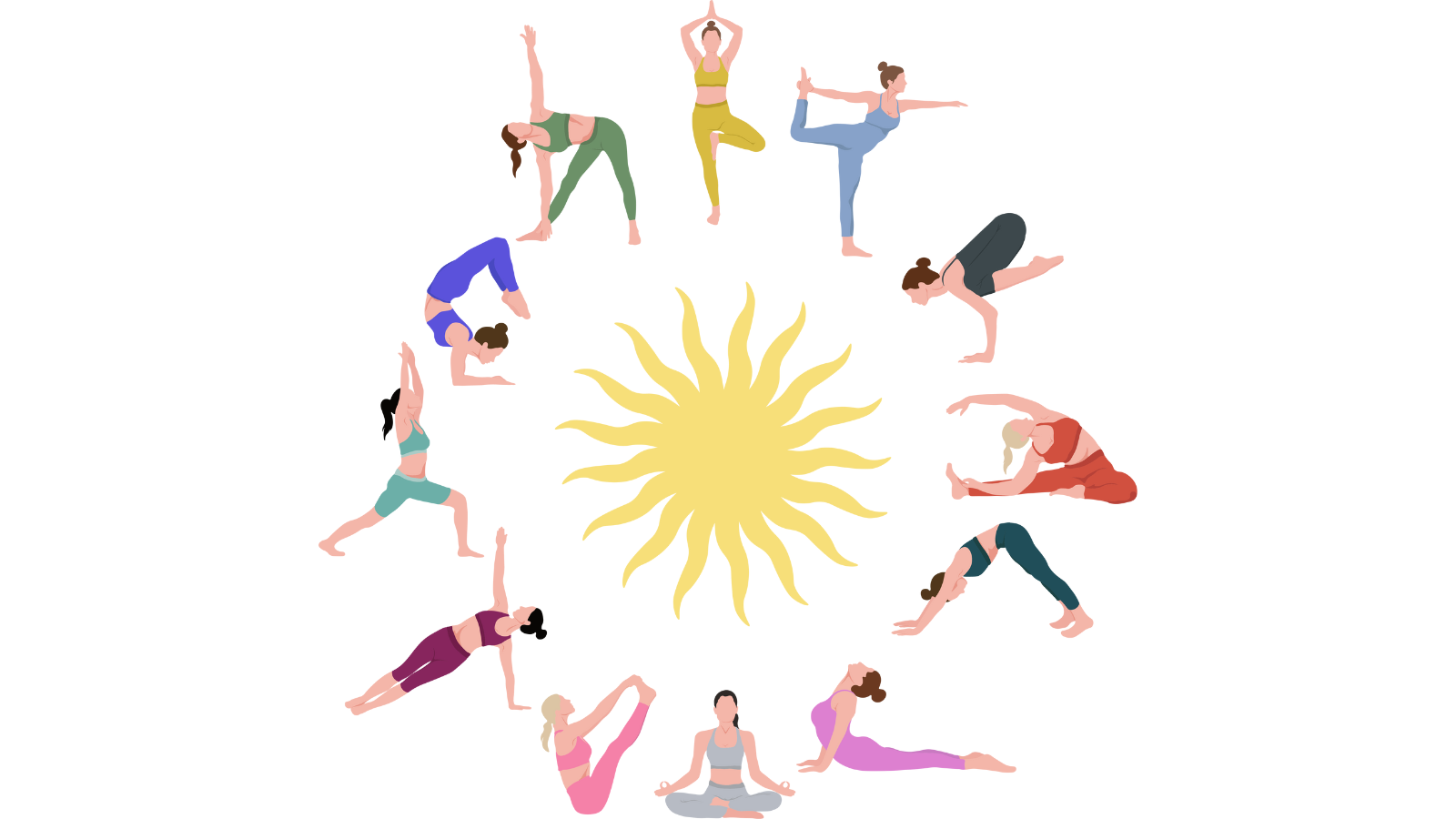
Not all yoga styles are the same. Some focus on gentle stretches, while others emphasize strength and flexibility. Popular beginner-friendly styles include:
- Hatha Yoga: Slow-paced with a focus on basic poses.
- Vinyasa Flow: Combines movement with breath in a fluid sequence.
- Yin Yoga: Gentle, passive stretching to improve flexibility.
2. Gather Your Yoga Essentials
To get started, you’ll need basic yoga gear, including:
- A yoga mat for comfort and stability.
- Comfortable, stretchy clothing.
- A water bottle to stay hydrated.
👉 Check out this guide on choosing the best yoga mat.
3. Find a Comfortable Space
Creating a calm, clutter-free space for your yoga practice can improve focus. Try to practice in a quiet area with good airflow and natural lighting.
Basic Yoga Poses for Beginners
Familiarizing yourself with a few foundational poses can help you feel more confident as a beginner. Here are three essential poses to start with:
1. Mountain Pose (Tadasana)
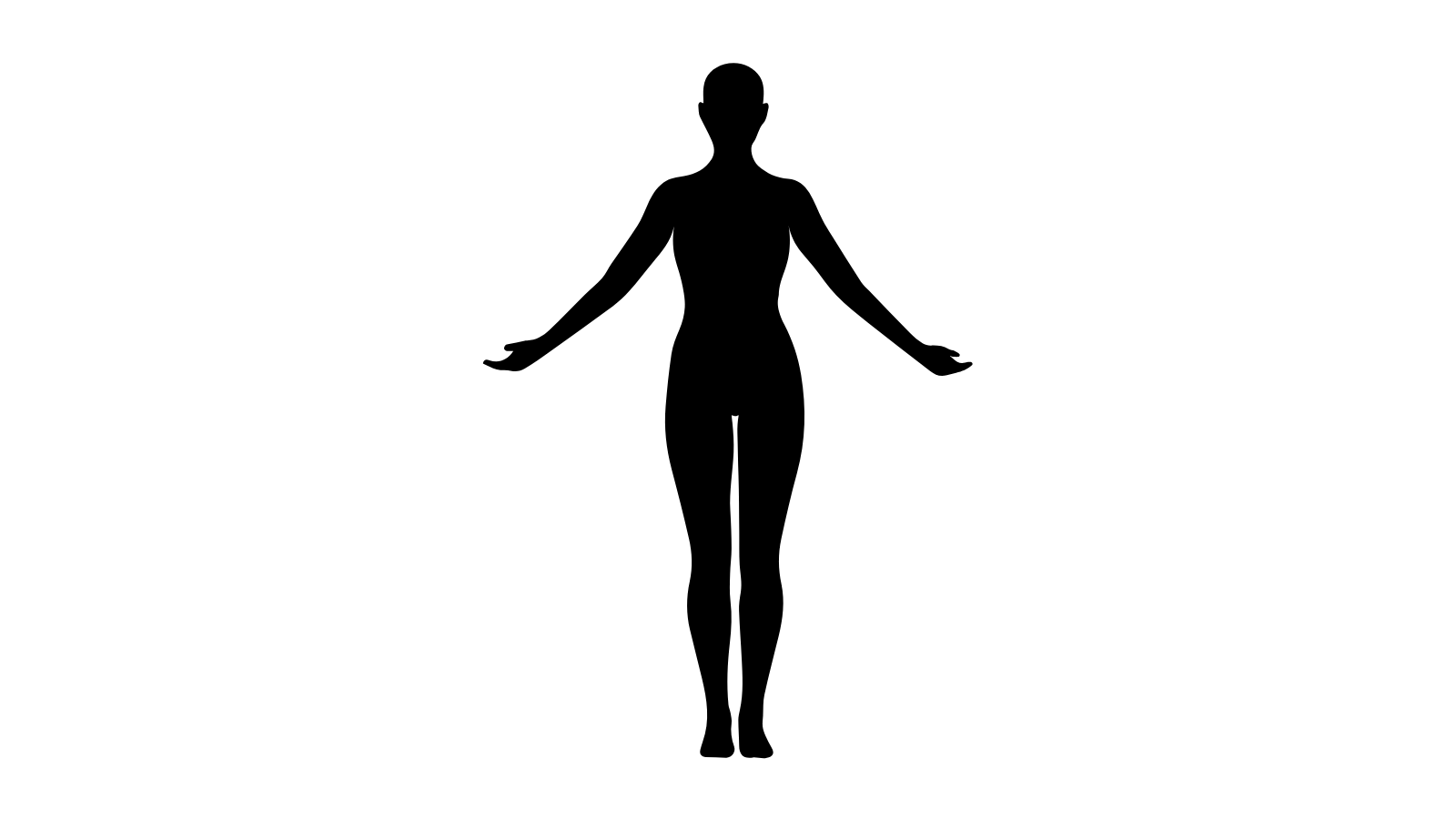
- Stand tall with feet together and arms at your sides.
- Engage your core and breathe deeply.
Benefits: Improves posture and balance
2. Child’s Pose (Balasana)
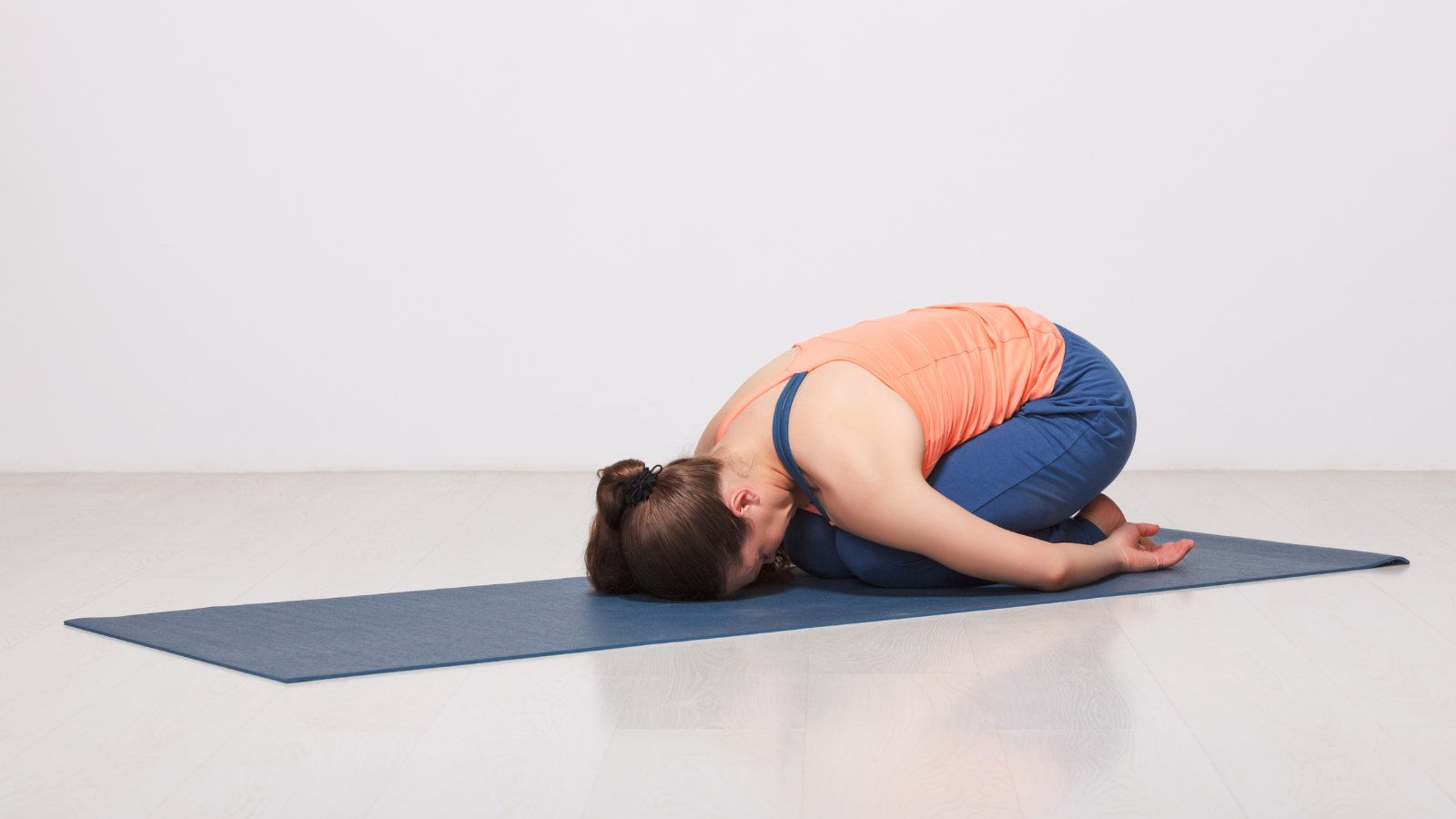
- Kneel on the mat and sit back on your heels.
- Extend your arms forward and rest your forehead on the mat.
Benefits: Relieves tension in the back and shoulders.
3. Downward-Facing Dog (Adho Mukha Svanasana)
- Start on hands and knees, then lift your hips toward the ceiling.
- Keep your back straight and heels pressing toward the mat.
Benefits: Stretches the hamstrings, calves, and spine.
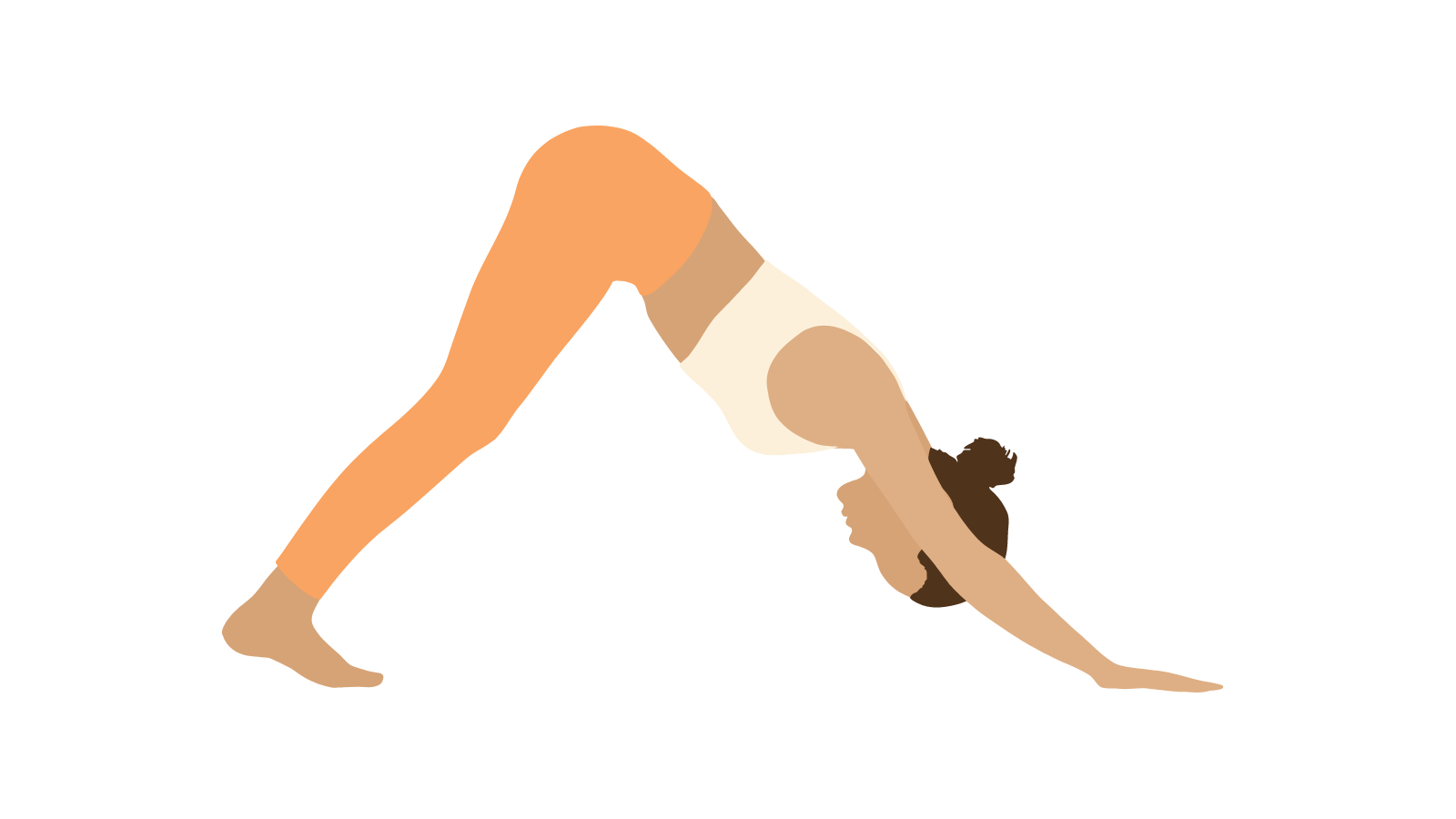
Breathing Techniques for Stress Relief in Yoga
Breathwork plays a crucial role in yoga. Controlled breathing helps calm the mind and reduce stress.
Diaphragmatic Breathing (Belly Breathing)
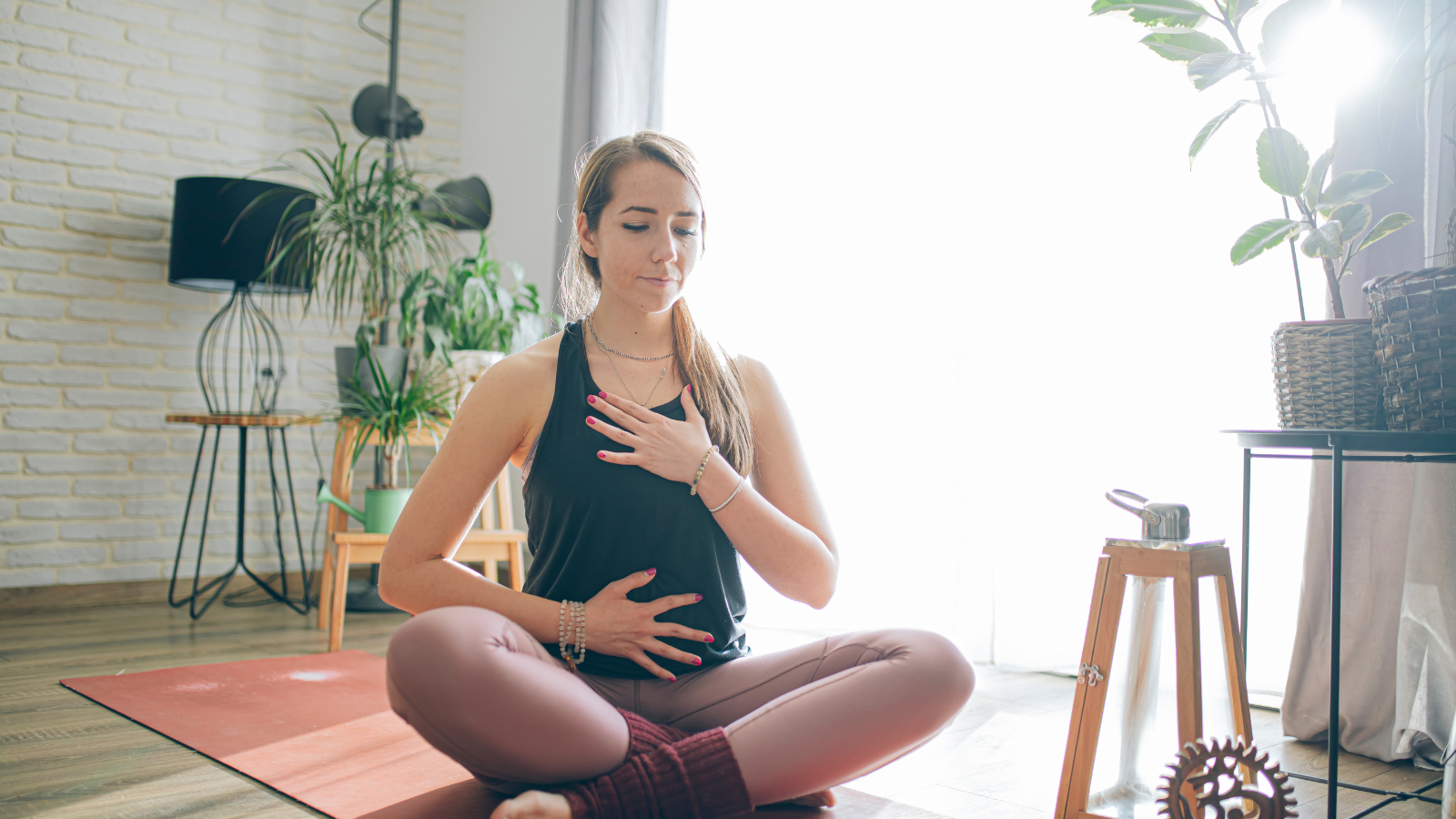
- Inhale deeply through your nose, expanding your belly.
- Exhale slowly, feeling your belly contract.
Alternate Nostril Breathing (Nadi Shodhana)

- Close one nostril and inhale through the other.
- Switch nostrils and exhale. Repeat for 5 minutes.
👉 Explore our full guide on breathing techniques for stress relief
Tips to Stay Consistent with Your Yoga Practice
Consistency is key when starting yoga. Here’s how to stay motivated:
- Set Clear Goals: Define what you want from your practice.
- Practice Regularly: Aim for at least 10-15 minutes a day.
- Track Your Progress: Keep a journal of your experiences.
- Join a Class: Consider online classes for guidance.
Conclusion: Start Your Yoga Journey Today
Starting your yoga practice doesn’t have to be intimidating. By learning the basics, practicing foundational poses, and incorporating mindful breathing, you can experience the mental and physical benefits of yoga. Remember, progress is personal—celebrate each step you take.
Ready to begin? Roll out your mat, take a deep breath, and start your wellness journey today.
👉 Explore more tips on stress-relieving yoga practices here

